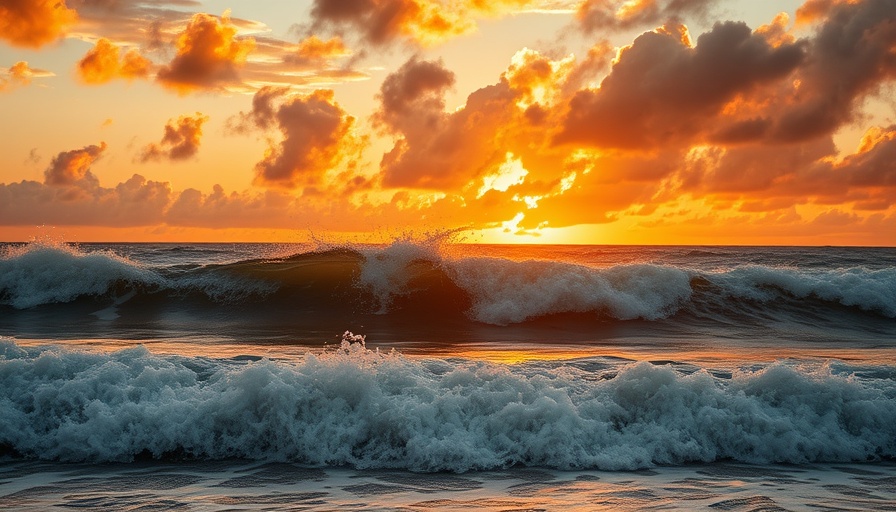
Storm Watch: What You Need to Know About the Gulf Disturbance
As the peak of hurricane season approaches, weather forecasters are keeping a watchful eye on a potential disturbance brewing in the Gulf of America. Predictions suggest that by mid-week, these storms could escalate into something more significant—perhaps even a tropical depression. With hurricane season officially ongoing from June 1 to November 30, this is a critical time to remain vigilant especially as holiday travelers flock to the Gulf Coast.
What Experts Are Saying
Recent updates from meteorologists indicate varying opinions regarding this cluster of storms. Some express optimism that it could morph into a tropical depression, while others remain skeptical about the likelihood of a major hurricane developing. Nevertheless, the consensus is that any storm activity will bring beneficial rain to many areas along the Gulf Coast, which is welcome relief considering the summer heat. The ridge of high pressure expected to settle over the region may also provide a shield against severe weather, at least for the immediate future.
Why Awareness is Crucial This Season
With summer vacations in full swing, many families are heading to the Gulf Coast. It’s essential for travelers to stay informed as disturbances have the potential to disrupt plans. Even if the storms do not form into hurricanes, they can still cause adverse weather conditions. Therefore, communities and visitors alike should remain weather-aware.
Historical Context: Learn from the Past
Looking back, the Gulf region has witnessed its fair share of unpredictable storm patterns. Hurricane Katrina in 2005 serves as a grim reminder of the ferocity of storms that can develop in this area. Historically, late July often signals the beginning of an uptick in storm activities. Recognizing these patterns not only aids in preparation but keeps us mindful of how unpredictable and powerful nature can be.
Planning for Your Safety
As forecasts evolve, it is wise for residents and visitors to plan ahead. This means having emergency kits ready, knowing escape routes, and keeping abreast of weather alerts through apps or local stations. Being proactive often makes the difference in ensuring safety.
Looking Ahead: What Can We Expect?
While this week may bring a transformer effect to the storm system, continuous monitoring is essential. Apart from storm developments, meteorologists suggest that the combination of heat and humidity will continue, perhaps leading to discomfort for many. What this means for locals is a rise in summer moods alongside storm alerts! With this information in hand, staying weather-aware allows individuals to enjoy their summer vacations while being ready for unexpected changes.
In conclusion, this hurricane season, staying informed and prepared is key. The Gulf Coast's current weather systems remind us not just of the beauty of summer, but also the challenges it can bring. Follow updates closely and, as always, prioritize safety while enjoying the Gulf's summertime appeal.
 Add Row
Add Row  Add
Add 




Write A Comment